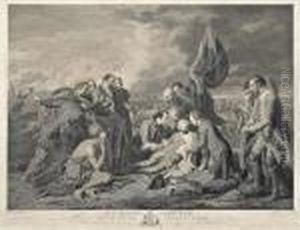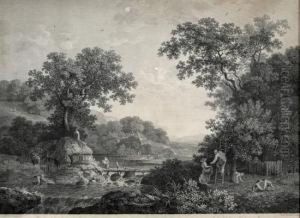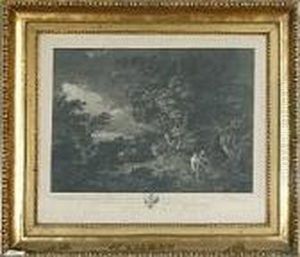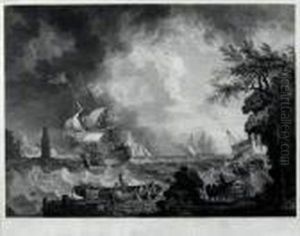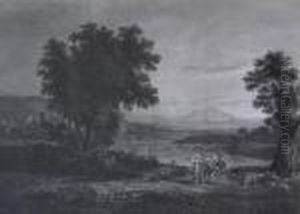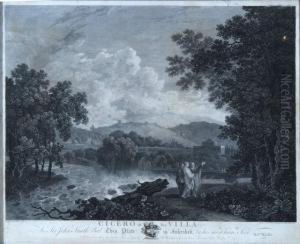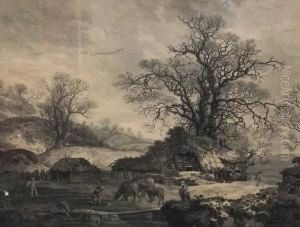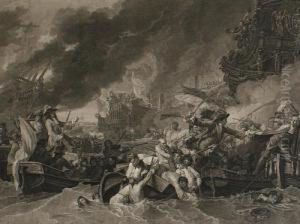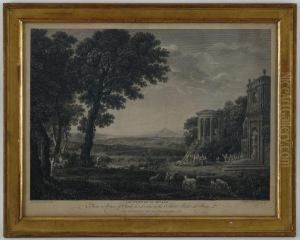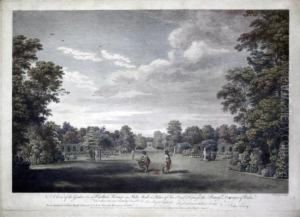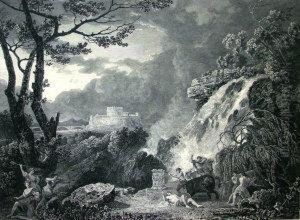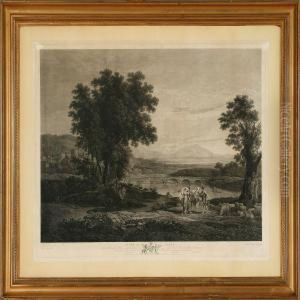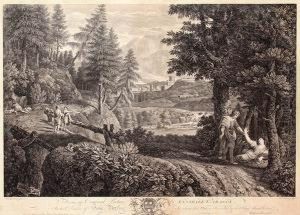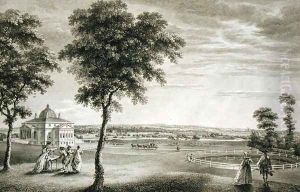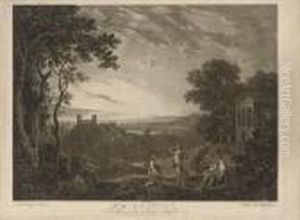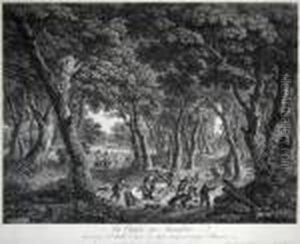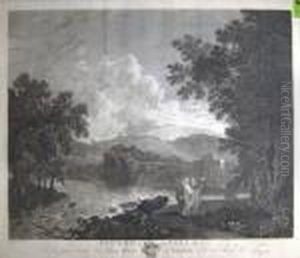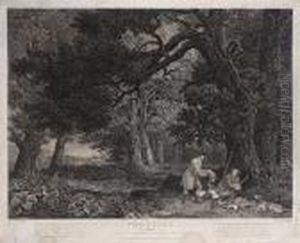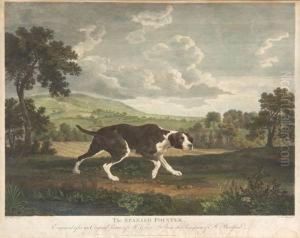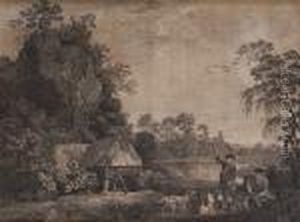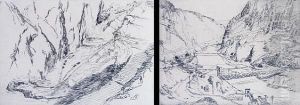William Woollett Paintings
William Woollett was an English engraver, renowned for his works that made him one of the most famous engravers in Europe during the 18th century. Born in Maidstone, Kent, on August 15, 1735, Woollett was the son of a Dutch woolen draper. He was initially apprenticed to his father but soon developed an interest in engraving. At the age of 12, he was apprenticed to John Tinney, an engraver in London, where he learned the art of engraving.
Woollett's reputation was established with his engraving 'The Destruction of the Children of Niobe,' which was based on Richard Wilson's painting. This work exemplified his talent for translating the grandeur of landscape paintings into the medium of engraving. His fame further increased with his engravings after paintings by other well-known artists such as Claude Lorrain and Benjamin West. Perhaps his most celebrated work is the engraving 'Death of General Wolfe,' based on West's painting, which depicted the British general James Wolfe at the moment of his death during the Battle of Quebec in 1759. This piece was highly praised for its composition and emotional impact.
Woollett became a member of the Incorporated Society of Artists in 1766 and was appointed engraver to King George III. His engravings were sought after not only in England but also on the continent, particularly in France and Germany. As a result of his success, Woollett was able to move into a more prestigious studio and take on students and assistants.
Despite the high demand for his work, Woollett's life was marked by financial instability. He often lived beyond his means, and his finances were further strained by the pirating of his works, which was a common problem for engravers of the period. His financial difficulties notwithstanding, Woollett continued to produce high-quality engravings until his death.
William Woollett died on May 23, 1785, in London. After his death, Woollett's reputation continued to grow, and his works were praised by subsequent generations for their technical skill and artistic beauty. He is remembered as one of the principal figures in the development of British engraving, and his works remain highly valued by collectors and art historians alike.
